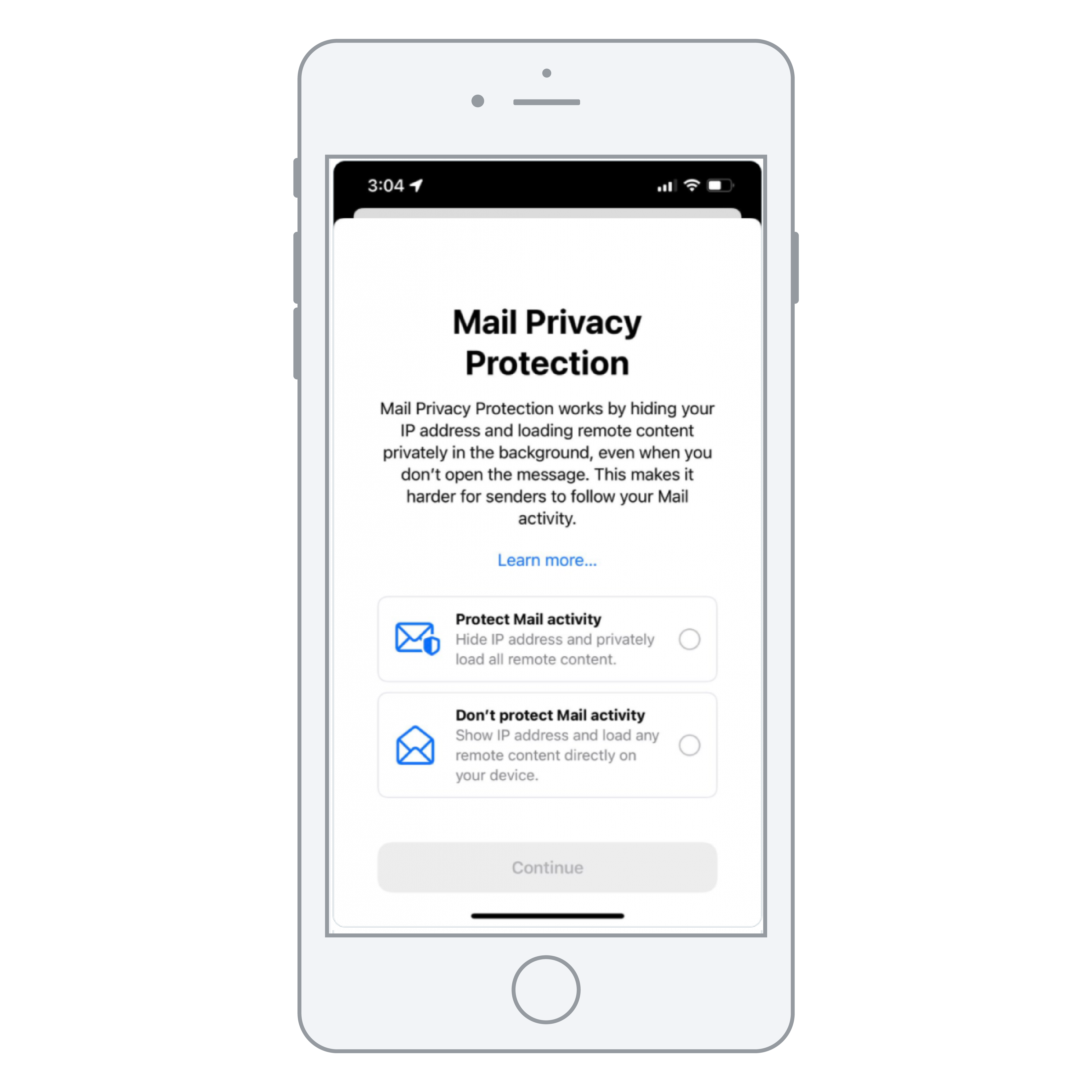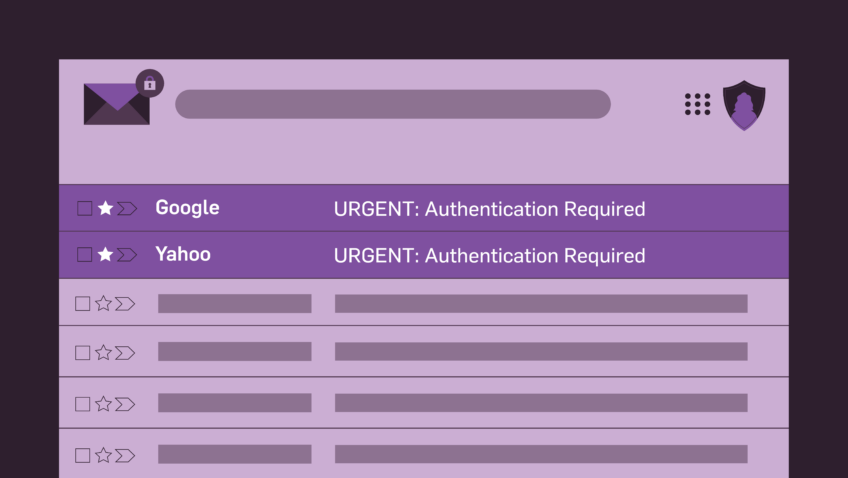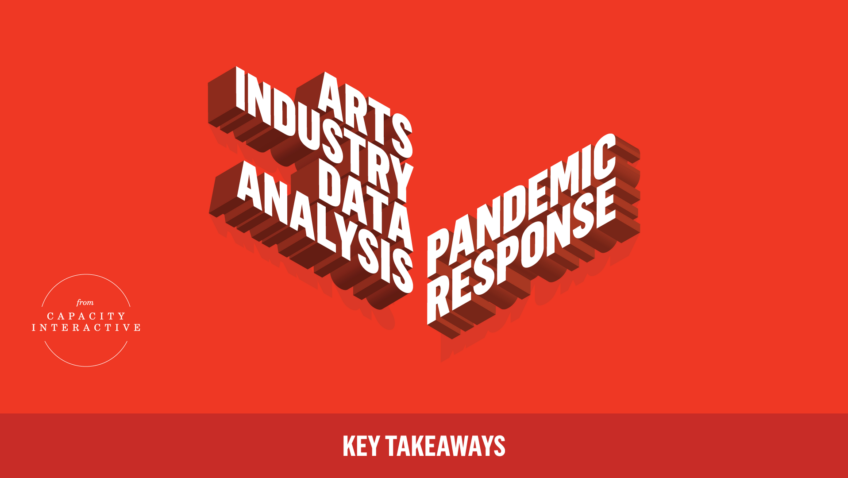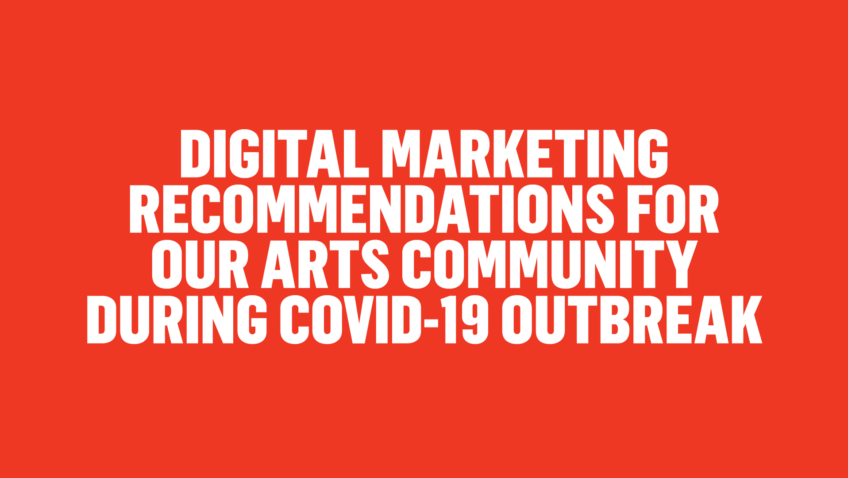Apple’s Mail Privacy Protection
What You Need to Know
In 2021, Apple and its CEO Tim Cook have spent a lot of time and energy espousing their dedication to protecting their users’ privacy and giving people more control over the data tracked about them by third parties. Other companies (*ahem* Facebook) attempted to make Apple’s push seem more about hurting other tech companies rather than about protecting users’ privacy. I think both are right.
As an internet-using person who also happens to be a digital marketer, I feel two ways about all this. The digital marketer in me is disappointed to lose some tracking abilities but excited for the new challenge. The internet-using person in me is thrilled to have more control over who can or cannot track my data online. It seems that I am not alone in that. In the Spring, when Apple rolled out the iOS 14 updates, which forced apps to ask users if they could track their data, an estimated 90% of users opted outof third-party tracking.
There has been a significant impact (read: decline) on Facebook’s data, and thus on advertisers’ ability to track on Facebook. iOS 14 made many of the actions you see on your site— page visits and purchases—invisible to Facebook, which previously fed their algorithm. It seems that Apple is now coming after email in their next operating system update, with iOS15 debuting Mail Privacy Protection.
What is Mail Privacy Protection (MPP)?
MPP is an offering from Apple that will ask Apple Mail users if they want to opt-in to having their IP address hidden with the express purpose of making it harder for senders to track mail activity. Apple will accomplish this by remotely loading all email images into a proxy server—regardless of whether the user opens the email or not.
Additionally, the pixels that track opens in emails are embedded to trigger when images are loaded in the proxy server, effectively making it look like every email passing through Apple Mail has been opened. This was released in the September 2021 iOS 15 update but as of now, is not widely adopted.
The SparkPost 2021 Benchmark Report found that nearly 40% of emails flow through Apple Mail apps. If users opt-in to protect their data in the levels they did earlier this year with the introduction of iOS 14, MPP will have a similarly high adoption rate of 90%+. This change will impact not only Apple-hosted emails but any emails that flow through the Apple Mail app on mobile or desktop devices.

How will this impact me and my emails?
Open rates are going to increase—yay! Oh wait…this will be artificial growth which will essentially make opens a meaningless metric for accurately measuring engagement or email success. It will also make re-engagement campaigns sent to users who haven’t opened an email in a while or re-sending important emails to non-openers more difficult since we will be unable to tell which Apple Mail users really opened an email. Additionally, any email automation triggered by an email open will need to be updated, so they don’t send to every Apple Mail user all the time.
We also don’t have a complete understanding of impact. For example, will inbox providers change their algorithms for spam emails? In addition, since performing list hygiene will be more difficult, deliverability may be impacted since senders are blind to their actual open numbers. Understandably, this has many email senders who relied on opens and open rates as a critical metric scrambling.
What will NOT be impacted by MPP?
Clicks will still be a reliable metric and will likely increase in importance to measure email success and engagement. However, while personalized dynamic content will also not be impacted, any dynamic content using real-time data (like countdown timers) will no longer work.
What Can I Do To Tackle This Change?
Like Facebook with the iOS 14 change, Email Service Providers were caught off-guard by this change and are working on updating their services to allow for better segmenting by platform and other ways to better separate Apple Mail users from your whole list. Hopefully, this will result in senders having some more reliable data around opens for at least a segment of your audience.
- Establish Benchmarks: It is important to establish some email performance benchmarks before this change. Then, you can compare to the future and possibly create a proxy measure based on how much your opens have increased.
- Lean On New Metrics: Clicks will, of course, increase in importance as a direct measure of a users’ actions in an email. Give this a boost by making sure you are using UTMs that will allow you to track email traffic in Google Analytics. Look for multi-channel ways to measure your email program’s impact. What is the conversion rate of your emails on GA? Does website traffic or search traffic increase when you send an email?
- Accurately measuring the impact of email has always been more of an art than a science. We already see it in action today: a user receives an email from your organization, reads the subject line without opening it, and goes to your website to complete the action you wanted. But despite being the catalyst or the reminder, email never got the credit.
- Play The Long Game: Some email experts think we have placed outsized importance on opens, giving us a chance to change our approach. We always say the focus should be on the user, and we should listen to what the user wants. With the high adoption of these privacy protection measures, users are clearly telling us they want privacy. It may make our jobs a little harder not to have this data, but we have to adapt.
- Consider implementing a double opt-in to allow users to confirm that they want to get your emails. This will keep your lists cleaner in the long run and start your relationship with your audiences well. Relevant, timely, and user-focused content will still resonate with audiences and keep them engaged with your organization, no matter the marketing channel.
- Reset Expectations: Don’t freak out. This is a significant change, but it is happening to everyone—we will all be riding this wave together. It is important to reset expectations internally with your colleagues and your organization’s leadership. Your email opens are about to become inflated, and you’ll need to share with your colleagues and leadership what that means.











